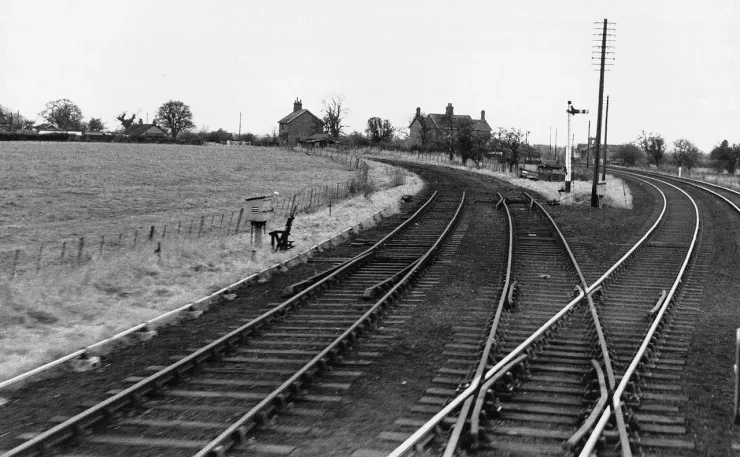Mill Lane Junction
Mill Lane Junction came into existence on the 1st April 1875 after the branch line from Gilling was completed. With the Forge Valley Line opening just over seven years later, Pickering was very much on the railway map.
The single story crossing keepers cottage on the east side of the line was a G.T. Andrews design and dated from when the York & North Midland opened the mainline into Pickering from Rillington.
The two diverging branch lines were originally double track, becoming single at Goslip Bridge crossing on the Gilling line and Eastgate crossing on the Forge Valley. This was standard practice on the North Eastern Railway system, but the arrangement ceased in 1924 and the single lines commenced from Mill Lane while the second lines remained as sidings.
The Forge Valley Line after this time was accessed and left via the down main running line, as did the Gilling branch. This necessitated wrong-line running for a short distance when approached from Pickering.
After the mainline between Rillington and Pickering was removed, Mill Lane signal box was demolished, but the crossing keepers cottage survives today.
